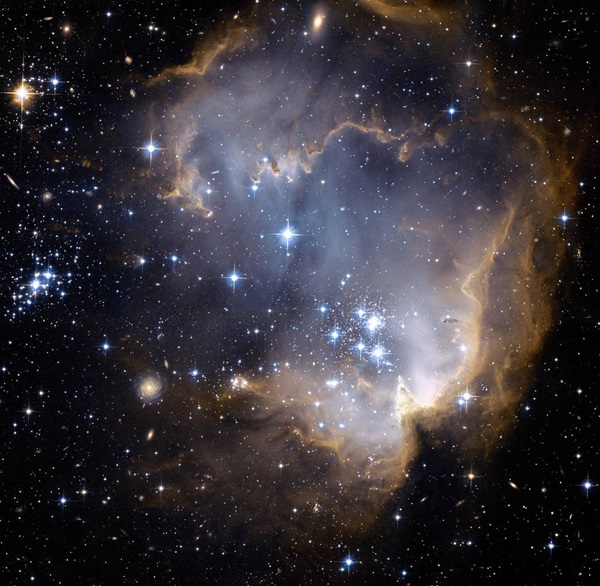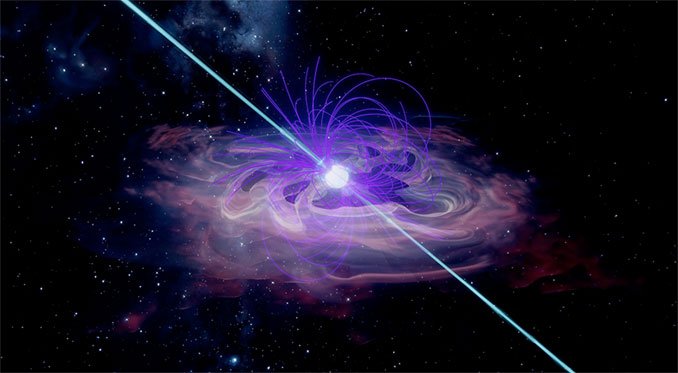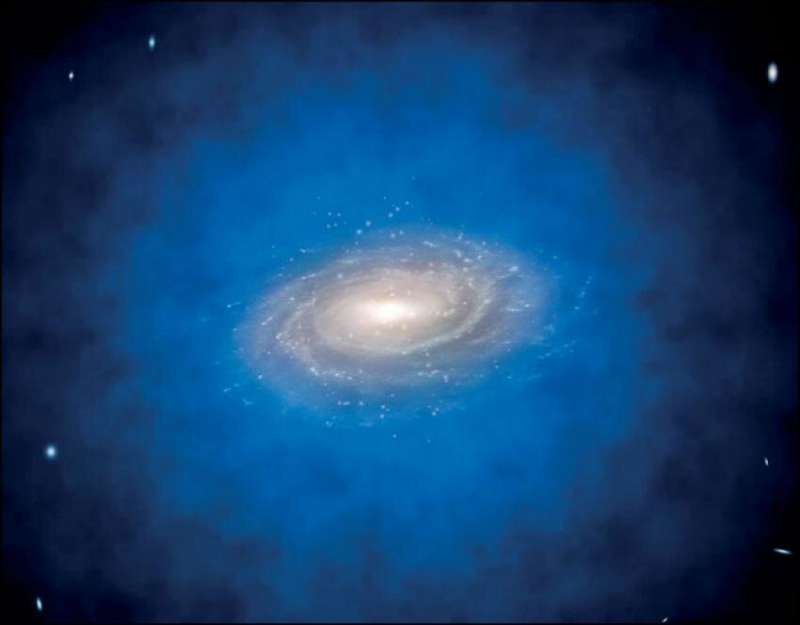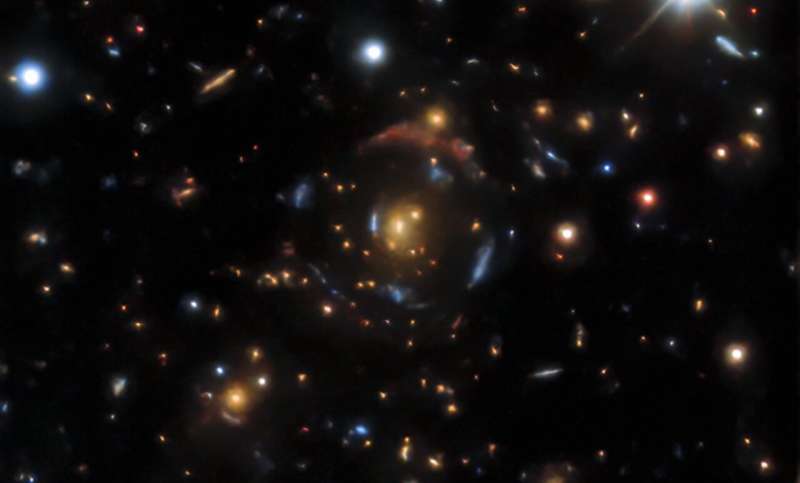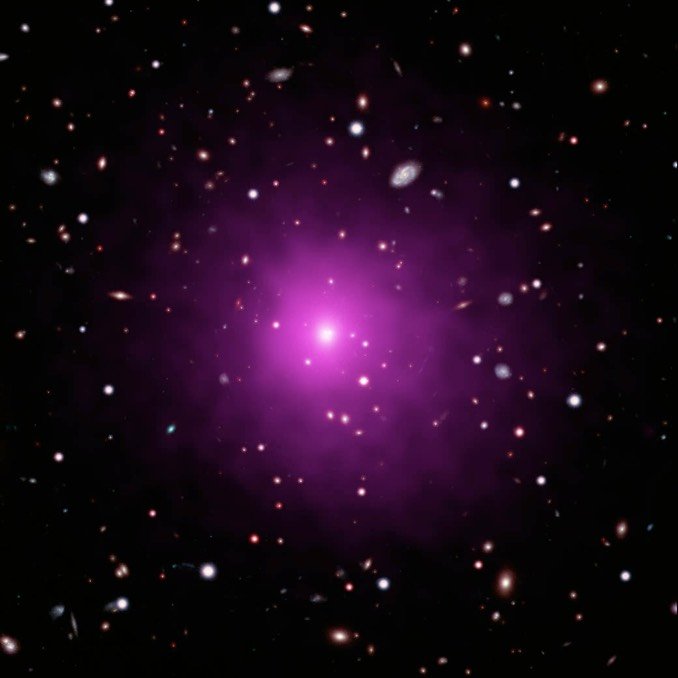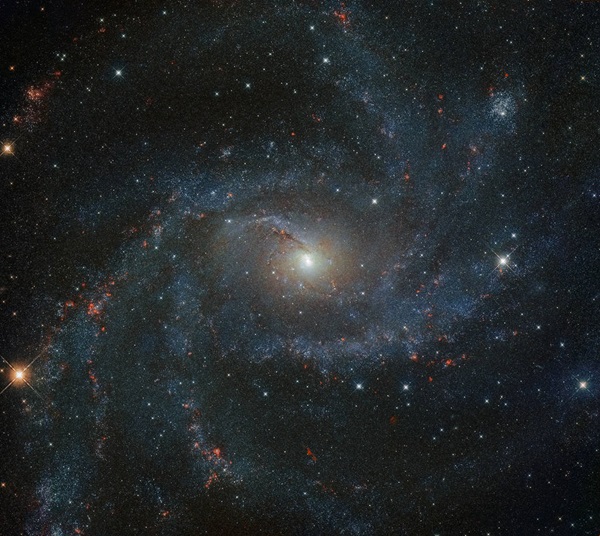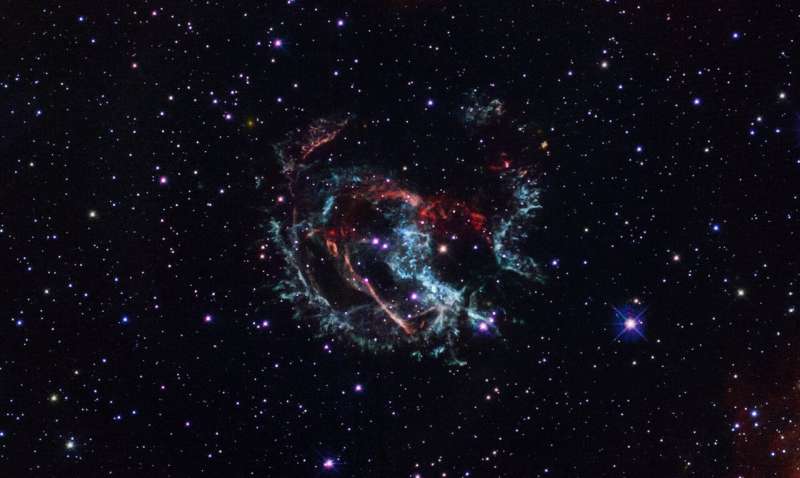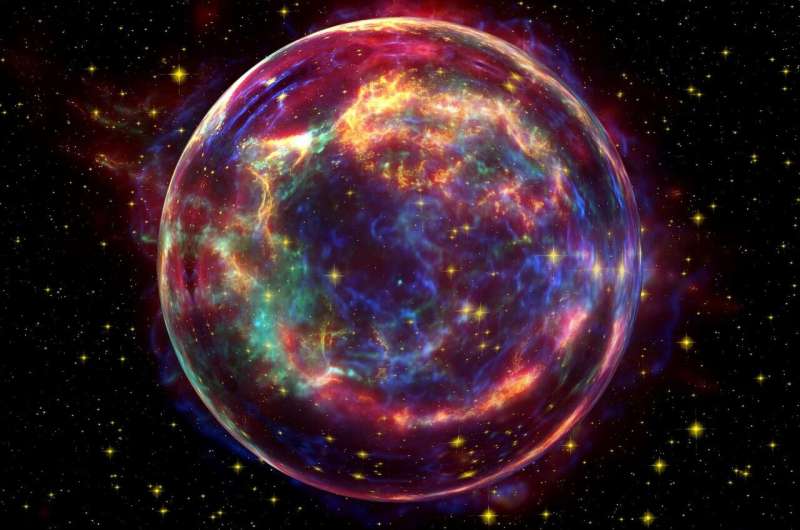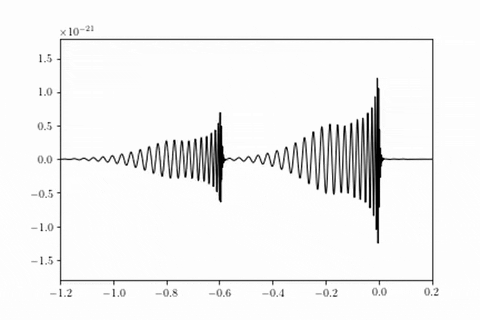Interesting Astronomy & Astrophysics news from the week of 3/7/2021
Next week’s night sky: At 5:21 a.m. EST, or 10:21 GMT, on Saturday, March 13, the moon will officially reach its new moon phase. While new, the moon is travelling between Earth and the sun. Since sunlight can only reach the far side of the moon, and the moon is in the same region of the sky as the sun, the moon becomes completely hidden from view for about a day. After the new moon phase Earth’s celestial night-light will return to shine in the western evening […]
Read more